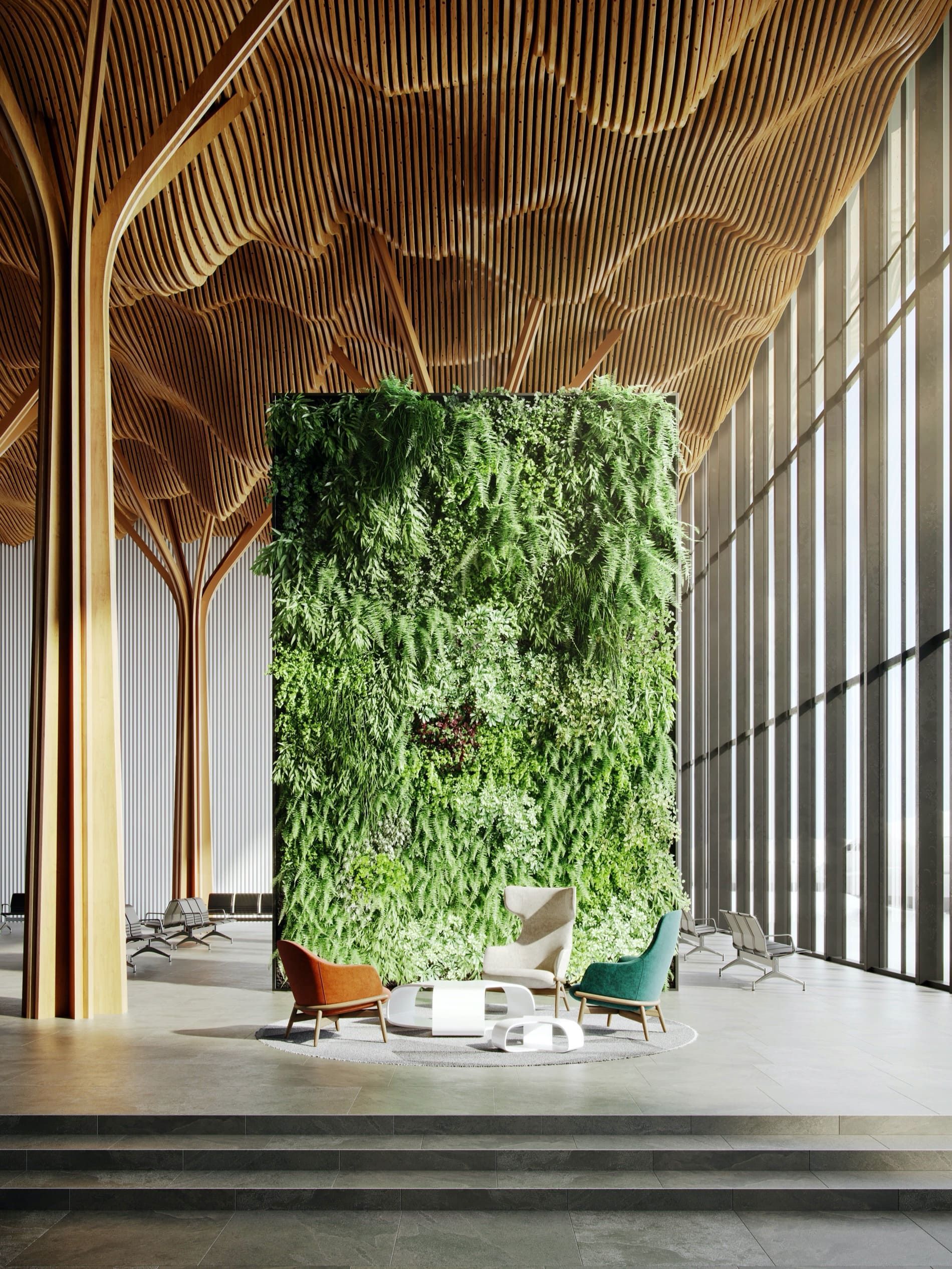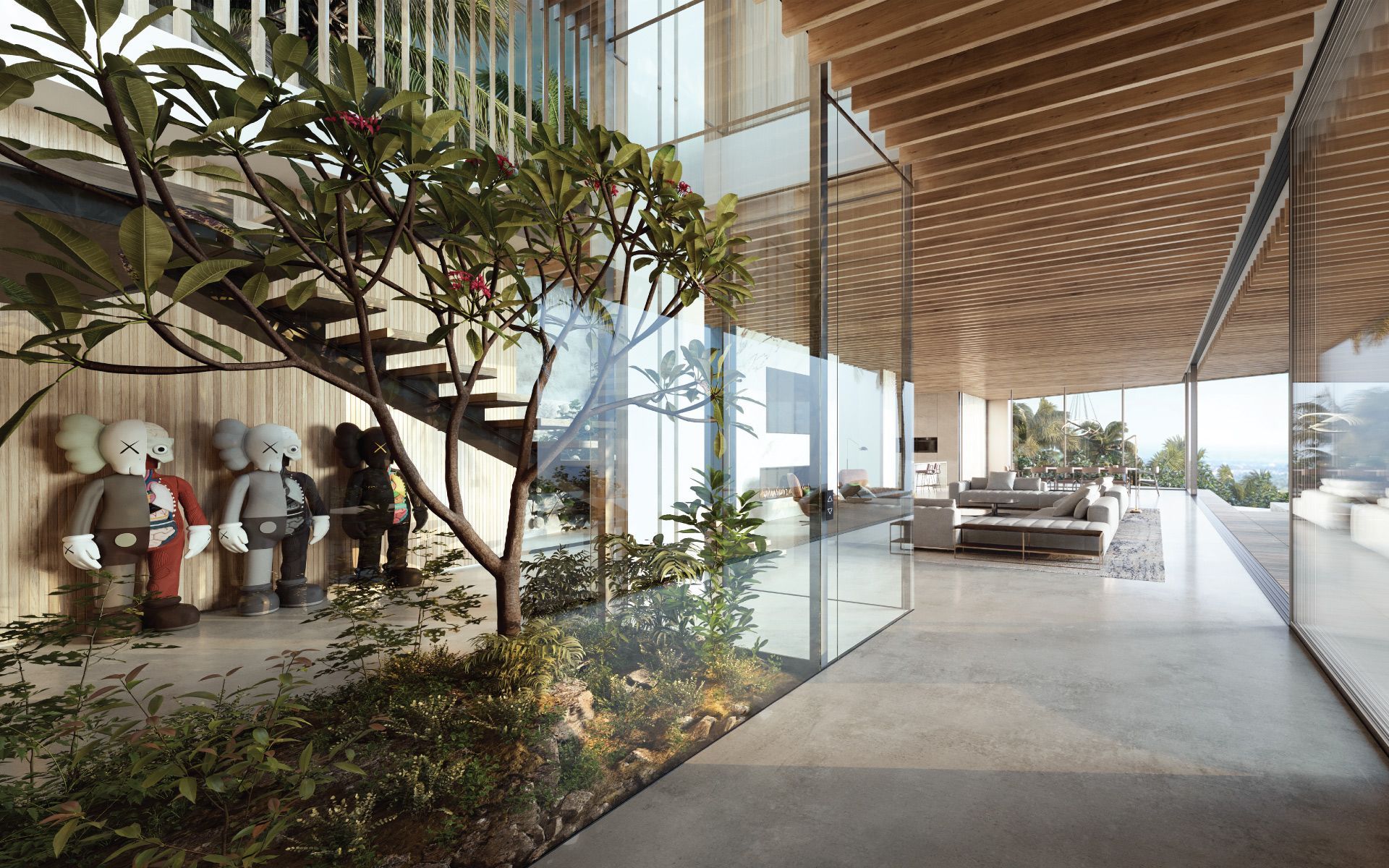What is 3D rendering?

Have you ever marveled at the breathtaking graphics in a video game or the realistic architectural visualizations of a building not yet built? Behind those visual wonders lies the magic of 3D rendering. Dive in with me to explore this fascinating world.
Introduction to 3D Rendering
Imagine you're painting a scene, but instead of brushes and paints, you're using light, textures, and objects in a virtual space. That's 3D rendering in a nutshell. It's the process of turning 3D models into 2D images or animations, with a lifelike touch.
History of 3D Rendering
Ah, a trip down memory lane. From rudimentary pixel art to today's hyper-realistic scenes, 3D rendering has come a long way.
The dawn of computer graphics
In the early days, computer graphics were basic. Remember those old arcade games? They were pioneers, setting the stage for what was to come.
Evolution in the modern era
Then came the boom in graphic technology. With advancements in software and hardware, 3D rendering transformed, bringing cinematic experiences right to our living rooms.
How Does 3D Rendering Work?
It's like baking a cake – a blend of art and science!
The creation phase
First, you model the scene. This involves crafting the 3D objects, positioning them, and determining how they interact.
The simulation phase
Think of this as setting the stage. How's the lighting? The textures? The shadows? It's all about making it feel real.
The output phase
This is where magic meets reality. The computer calculates every pixel, producing a final image that pops right off the screen.

The Impact of 3D Rendering in Various Fields
It's not just about pretty pictures; 3D rendering touches our lives in profound ways.
Architecture and interior design
Ever seen a building before it's built? Thanks to 3D rendering, architects can showcase their visions in vivid detail.
Entertainment and gaming
From movies to games, rendering brings stories to life, taking us to worlds only limited by imagination.
Medicine and research
Visualizing complex biological processes or creating virtual surgeries? Yup, 3D rendering's got it covered.
Future of 3D Rendering
The horizon looks vibrant, with leaps in technology promising even more.
Immersive experiences and VR
Imagine stepping into a rendering. As VR evolves, this dream edges closer to reality.
AI-driven rendering techniques
With AI's touch, rendering gets smarter, faster, and even more breathtaking.
Conclusion
So, next time you're engrossed in a game or admiring a digital artwork, take a moment to appreciate the marvel that is 3D rendering. It's reshaped industries, fueled innovations, and continues to redefine the boundaries of reality and imagination.
FAQs
- What is the difference between 3D modeling and 3D rendering?
- While modeling is about creating the 3D object, rendering is about producing the final 2D image from that object.
- Why is 3D rendering important in architecture?
- It allows architects to visualize and present their designs with lifelike accuracy, aiding in decision-making and client presentations.
- How long does it take to render an image or scene?
- It varies based on the complexity of the scene, hardware, and the level of detail required. It could range from minutes to days.
- Can 3D rendering be used for animations?
- Absolutely! Each frame of the animation is rendered, creating a fluid motion when played sequentially.
- Is there a difference between real-time and offline rendering?
- Yes. Real-time rendering is used in video games for immediate response, while offline rendering, used in movies, focuses on high detail and can take longer.
TALK TO A PRO
We're here to bring your brand to life!
Stay Connected with BrandXR
Create Augmented Reality for Free!
Create, Publish, and Measure 3D Augmented Reality Experiences Without Having to Code.














